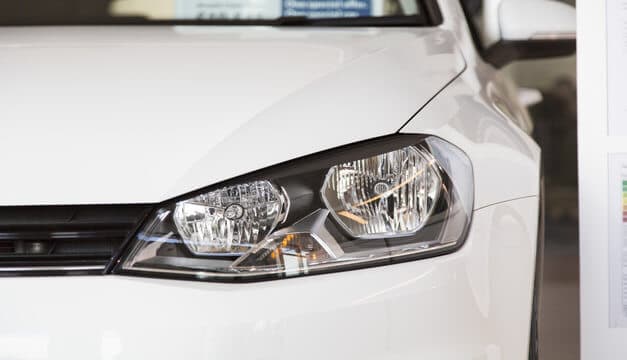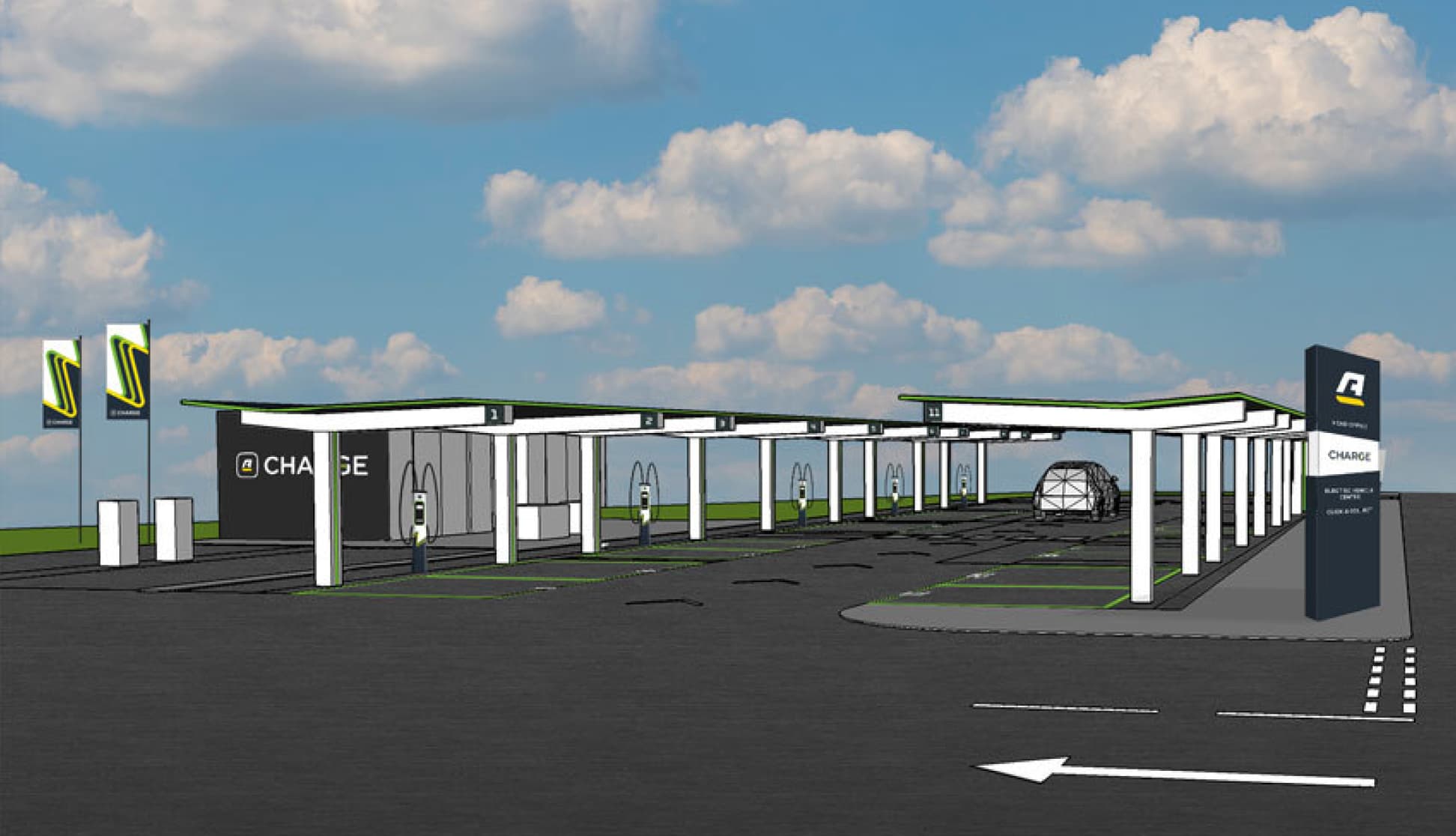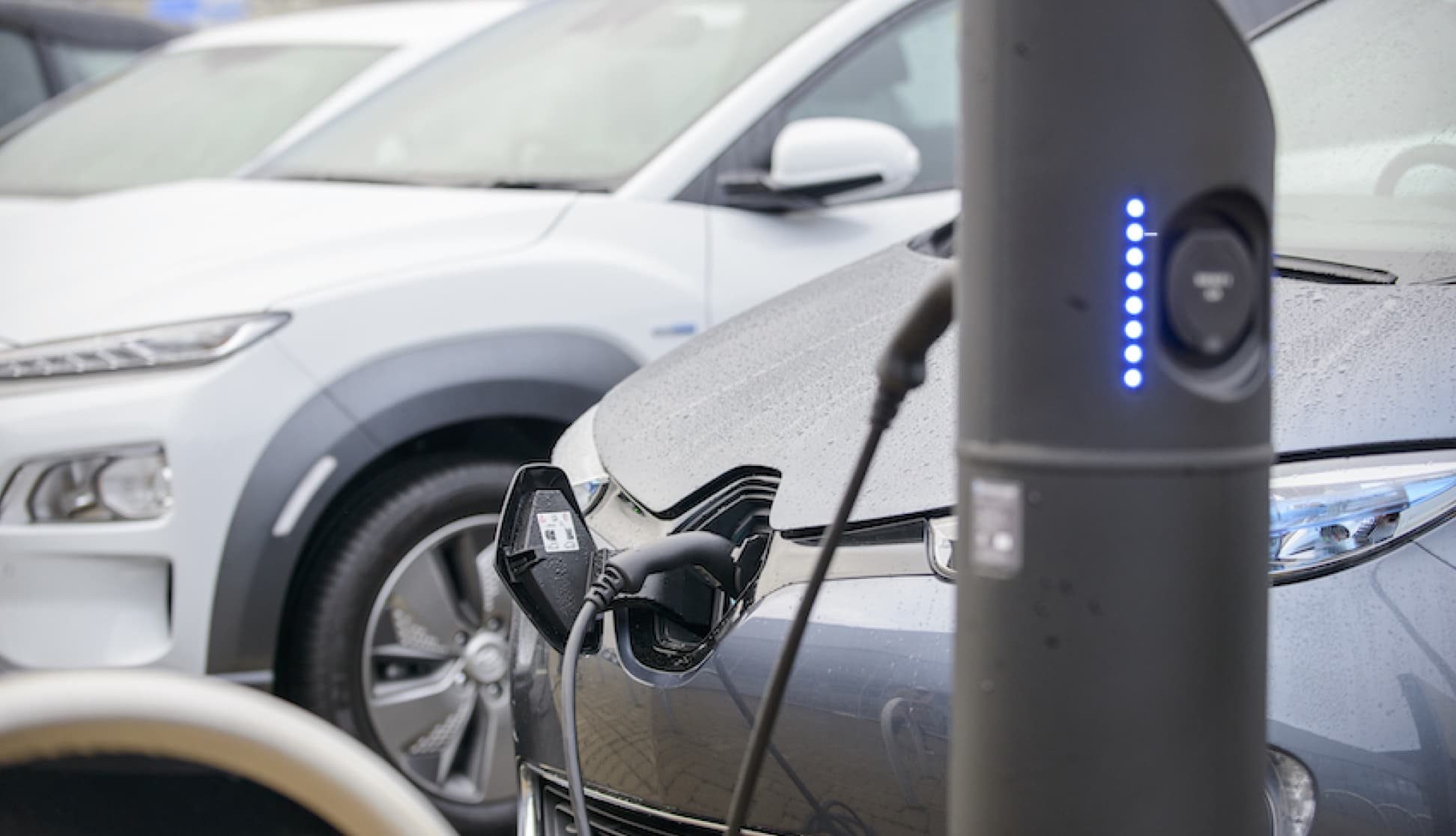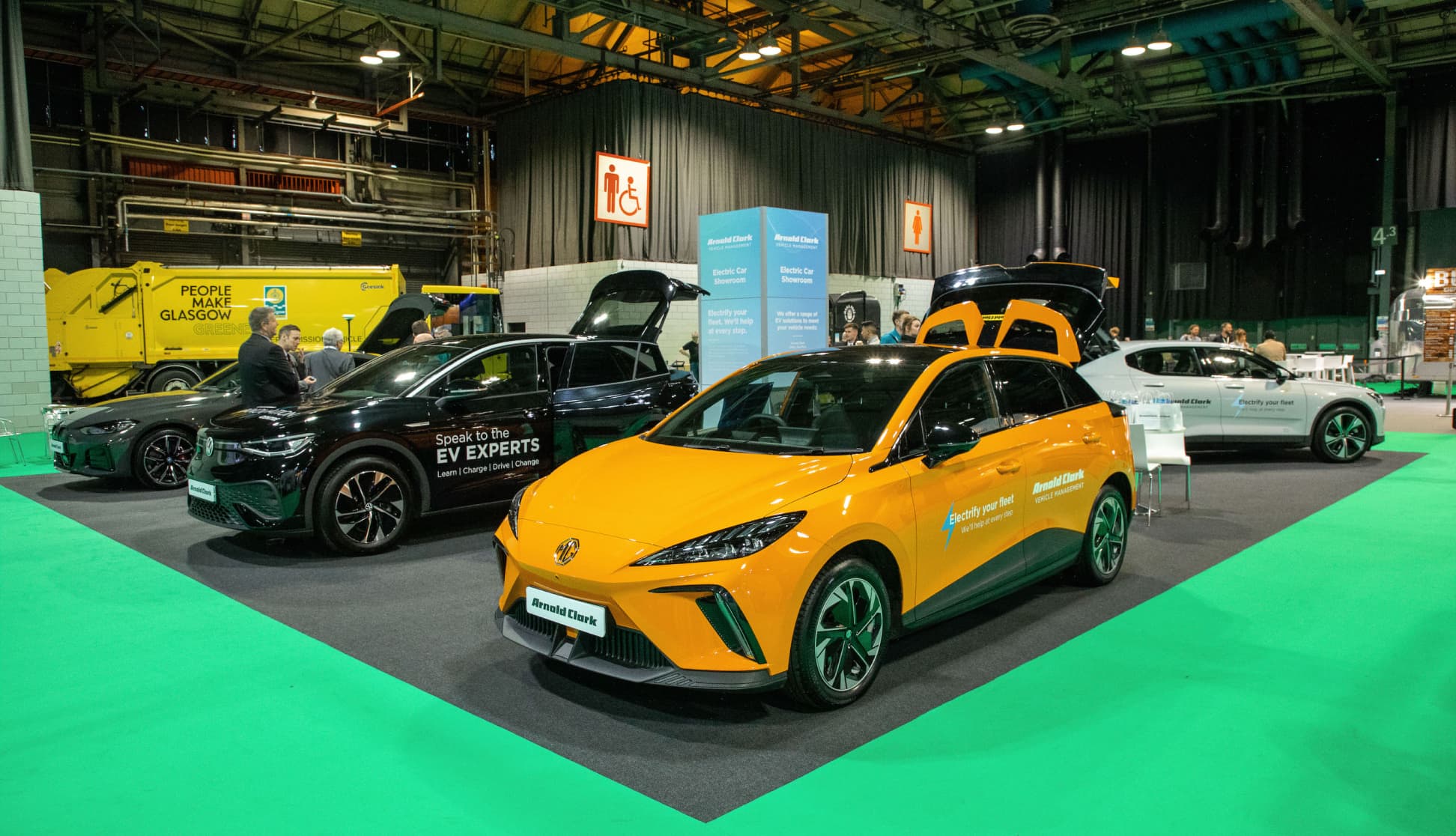As the UK government extends the COVID-19 lockdown, those of us with cars parked outside need to think about how to look after our vehicles. If it’s a company car, you’ll be used to getting regular maintenance to keep your car in the best condition. Businesses will want to ensure their fleets remain viable so they are ready to go as soon as lockdown ends. While your car will receive all the necessary checks to make sure it’s ready for business, there are some steps drivers can take to keep the vehicle in good condition during lockdown.
Start the car regularly
Petrol and diesel cars
If you leave your conventionally fuelled car unused for a prolonged period of time, then it’s likely that the battery will lose its charge. Even when it’s parked, there are some components that require a little power to keep running, like alarm systems and onboard computers. Ordinarily, batteries are kept charged with an alternator directing power from the engine, but if you’re not driving and keeping the reaction going, the battery can lose its charge fairly quickly.
Cars with petrol and diesel engines need to be run for around 20 minutes to make sure the battery has enough power in it to start, so if you’re not driving anywhere, running the engine for at least that amount once a week is advised.
If your car is privately parked, you might want to invest in a trickle charger instead. These supply power to a battery at a low amperage, meaning that you don’t have to start the car to charge it. You can get trickle chargers that attach to the mains but solar-powered versions are also available, which saves the need for cables. Some trickle chargers can be used for months without the need to remove them, while others can only be connected for a few days. Always read the manual to find out the specifications before using.
Hybrids
We spoke to the experts at Toyota and Lexus about hybrid maintenance and most hybrids follow a similar process to keep charge in the battery. Hybrids generally contain two batteries: a 12-volt battery (which powers systems such as the headlamps and audio) and a high-voltage hybrid system battery (which supplies the power to start the combustion engine and drives the electric motors).
The simplest way to maintain charge in both of these is to go through the normal start procedure: press the ‘Start’ button with your foot on the brake until the ‘Ready’ light is illuminated on the dashboard. Earlier hybrid models may have key ignitions to start the car.
Lexus recommends the car is put into ‘Ready’ mode for about 60 minutes (no need to keep your foot on the brake) before switching it off again and repeating the process every couple of weeks. Always adhere to the government’s advice regarding social distancing and please don’t leave your car unattended when it is switched on.
While the car is in ‘Ready’ mode, you may hear and feel the internal combustion engine kick in, which is a normal part of the self-charging process. You might be tempted to switch on the radio to pass the time, or turn on other systems, but these will consume small amounts of electrical power so it’s best to leave them off.
Ensure the parking brake is on; there’s no need to go for a drive, although we must stress that this procedure should take place in a well-ventilated area; something to consider especially if you park your vehicle in a garage.
Electric cars
You should leave your electric vehicle unplugged but with a good amount of charge – somewhere between 50% and 80% (although this can vary from manufacturer to manufacturer so it’s best to check your specifications). The battery will slowly lose charge over time, so ideally you should leave it close to your charging point and top up occasionally to ensure that the battery remains in good condition. When it comes to brakes and tyres, as well as your 12-volt battery, follow the same advice as you would for a conventional car.
Check the tyre pressure
Check that your tyres are always fully inflated to the recommended level. Handily, most cars have a tyre pressure monitor so it’s worth checking it as you run your engine. If not, you can check them at your local petrol station while you’re out on one of your essential trips or you can even buy a portable tyre pressure monitor. Be sure your tyres are fully inflated before driving for a sustained period as low tyre pressure can seriously affect how your car handles.
Make sure you have adequate tyre tread
By law, car tyres are required to have a minimum tread depth of 1.6mm, but it’s recommended that you should have a tread depth of at least 3mm. To check this, you can use a 20p coin. If you can’t see the outer rim on the coin when you insert it into the tread, then you have at least 3mm of tread and it is safe and legal to drive. If you can see the rim of the coin, then the tyres are getting low on tread and it’s worth getting them checked out as they could potentially be unsafe.
Prevent your brakes from seizing
There is a risk that your brakes could seize if your car doesn’t move, so take it out for a short drive to minimise the risk if you can. If that’s not possible, you can roll your car backwards and forwards a few metres if it is safe to do so. This will also help stop your tyres from developing flat spots, which could make it unsafe to drive.
Maintain your fluid levels
Just like you need to stay hydrated, your car won’t work properly unless you keep up its fluid levels. While there are plenty of areas of the car that you shouldn’t try to top up unless you have expert knowledge, you can make sure that oil is properly topped up. The oil keeps the engine lubricated, and reduces friction between moving parts and therefore heat. You can check your oil levels using the dipstick located at the top of your oil tank. You should also make sure that your screen wash is topped up – it’s illegal to drive without sufficient washer fluid.
Check your lights
A car can fail its MOT if any of the lights emit less than 50% of their power. So if any of your bulbs have failed, your car is not roadworthy. Before getting back on the road, make sure all your lights are working to their full potential and change those that you need to.
Putting the car into storage
While it’s unlikely, if you know the car will not be driven for a long period of time, you might consider putting it into storage. Clean the car thoroughly inside and out and if you are storing it in a garage, make sure it is completely dry before you put it away. If it is safe to do so, disengage the parking brake to prevent the brakes from binding and put chocks under the wheels. Put your keys in a safe place. If you have smart keys, this will prevent the car waking up unnecessarily should you happen to walk near it in your garage or driveway.



